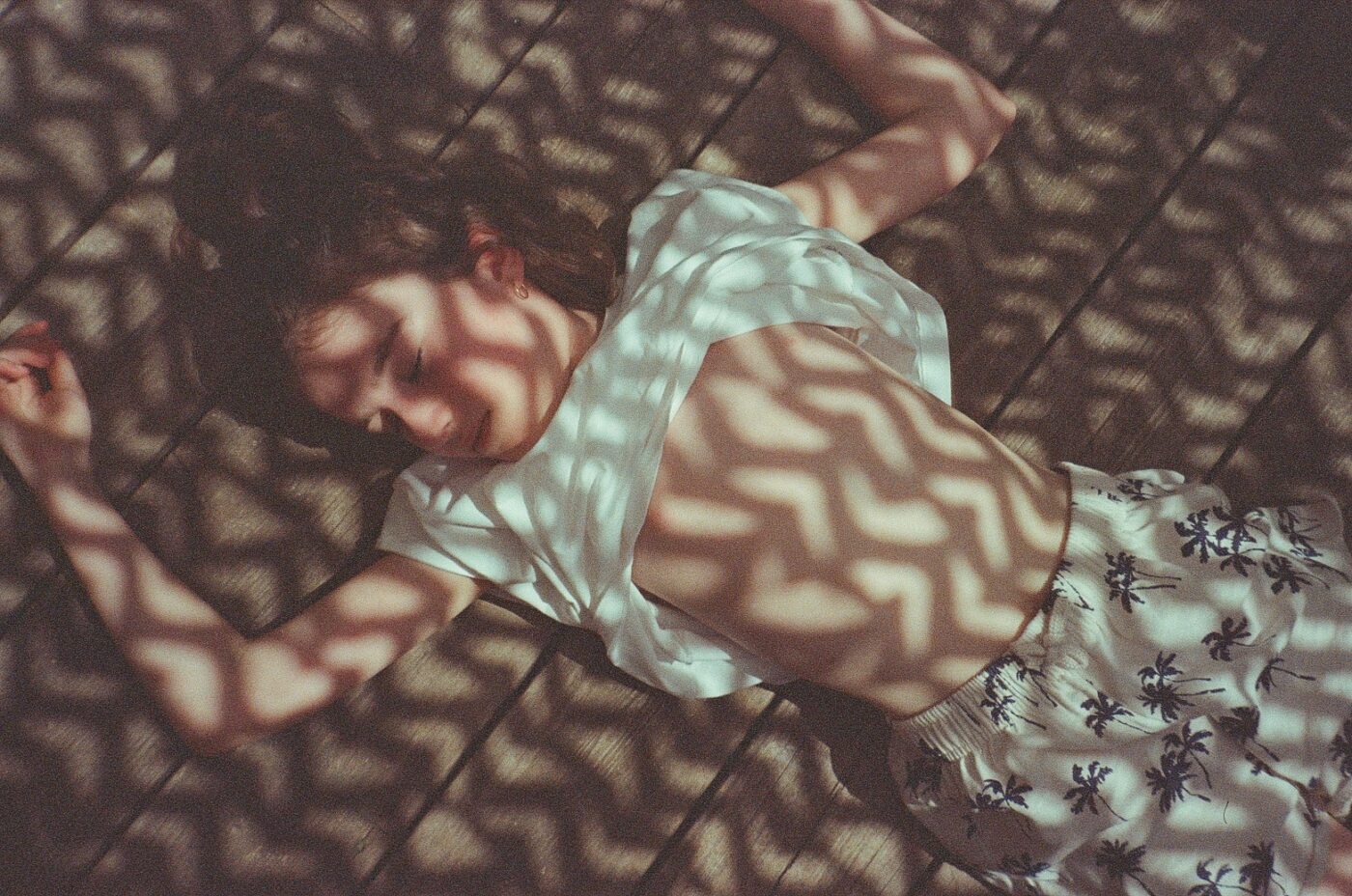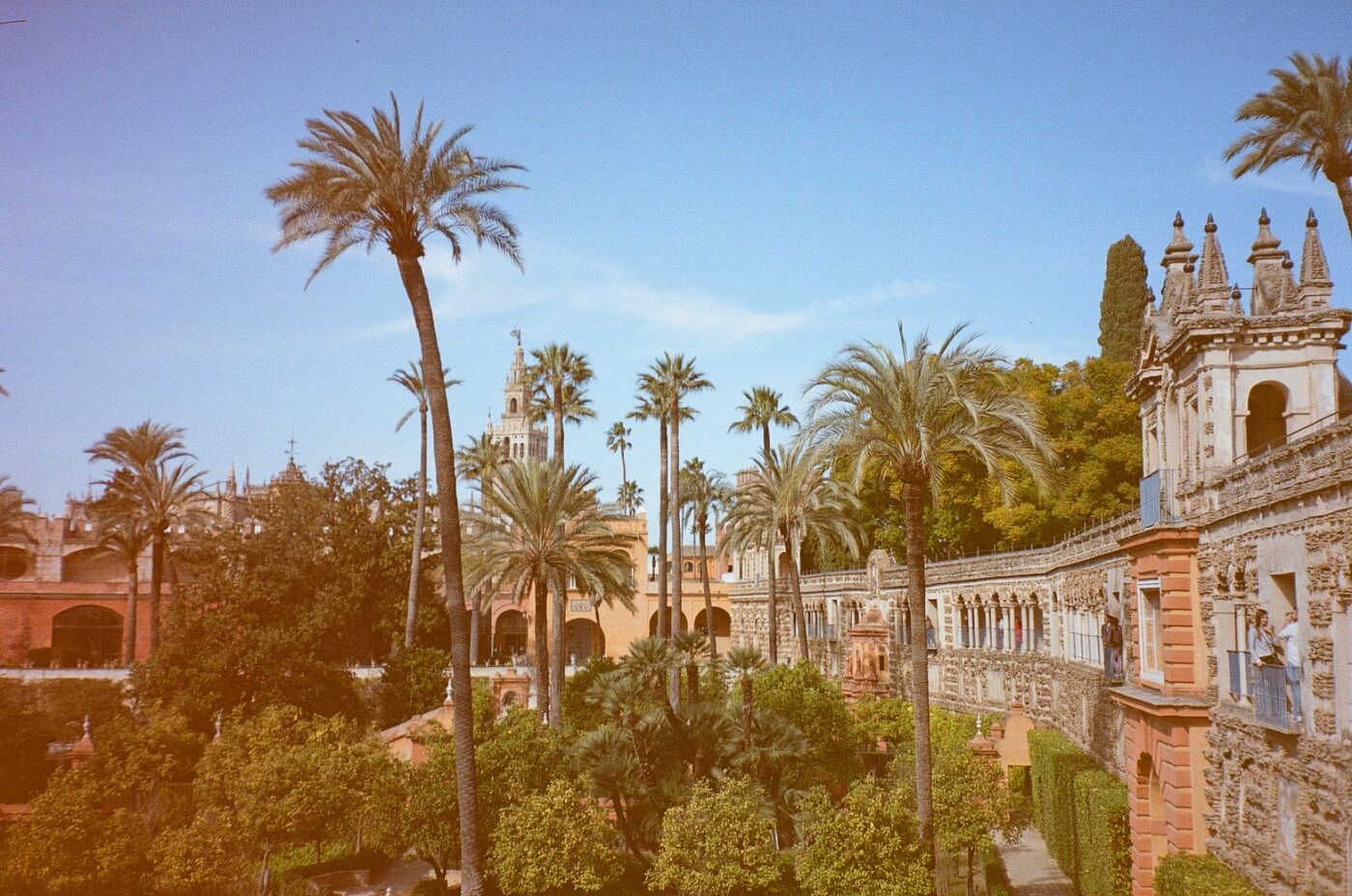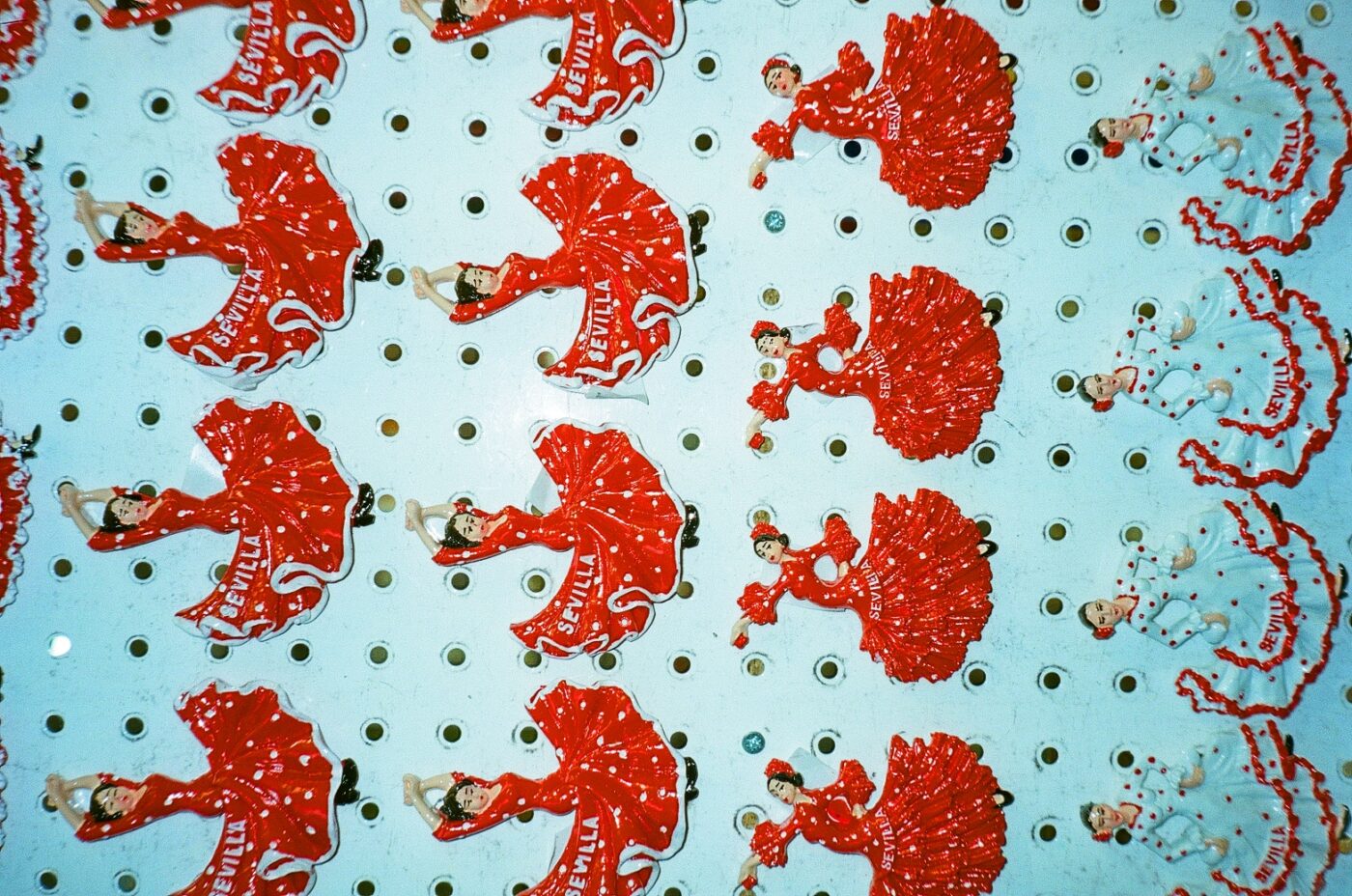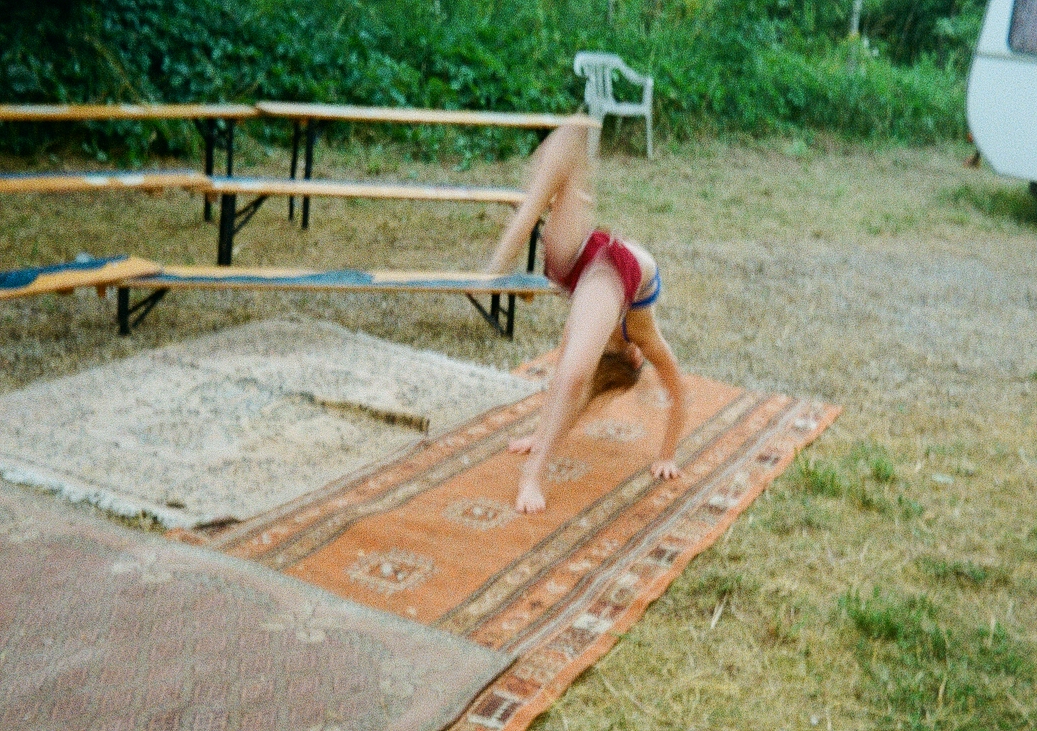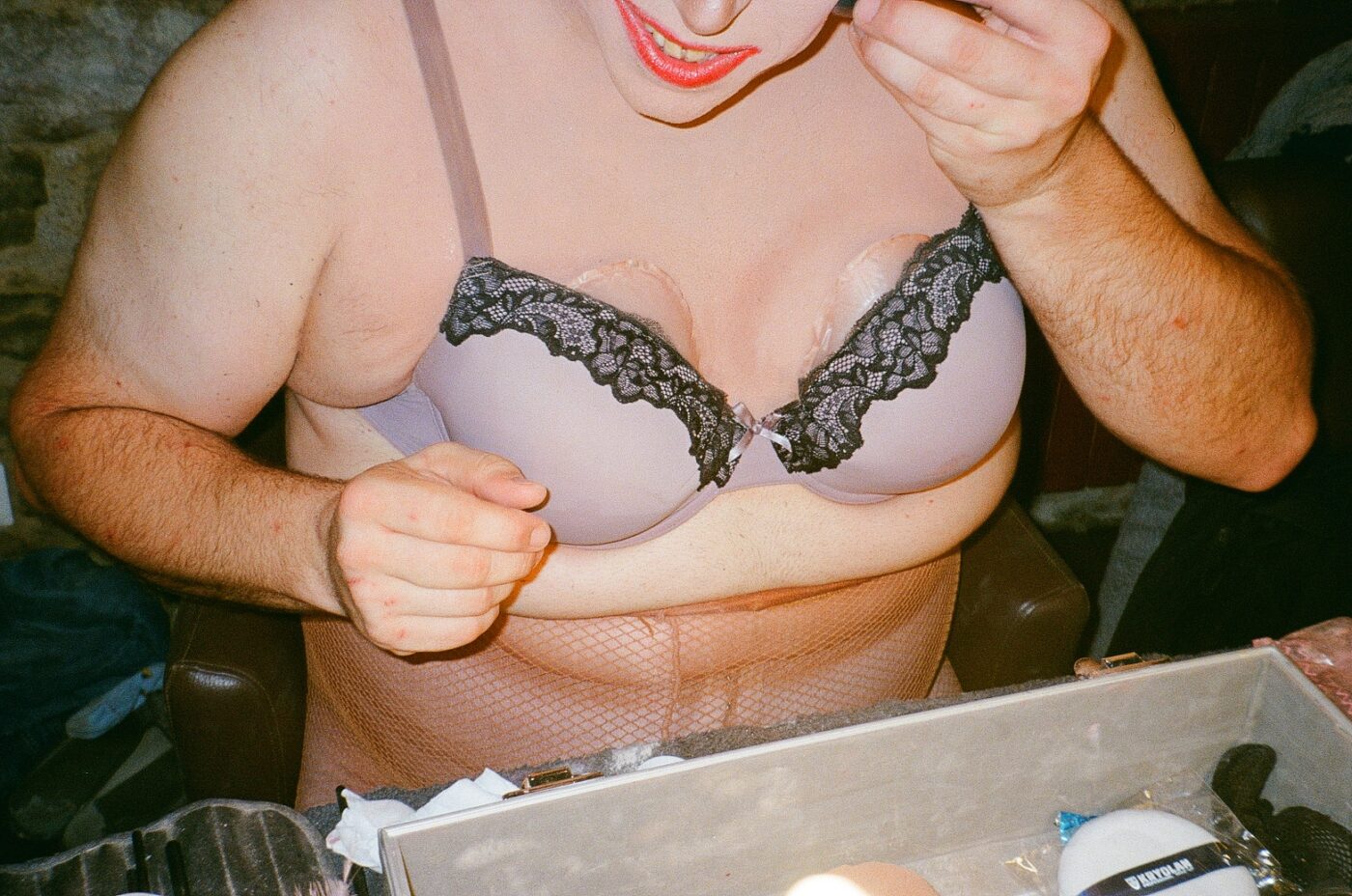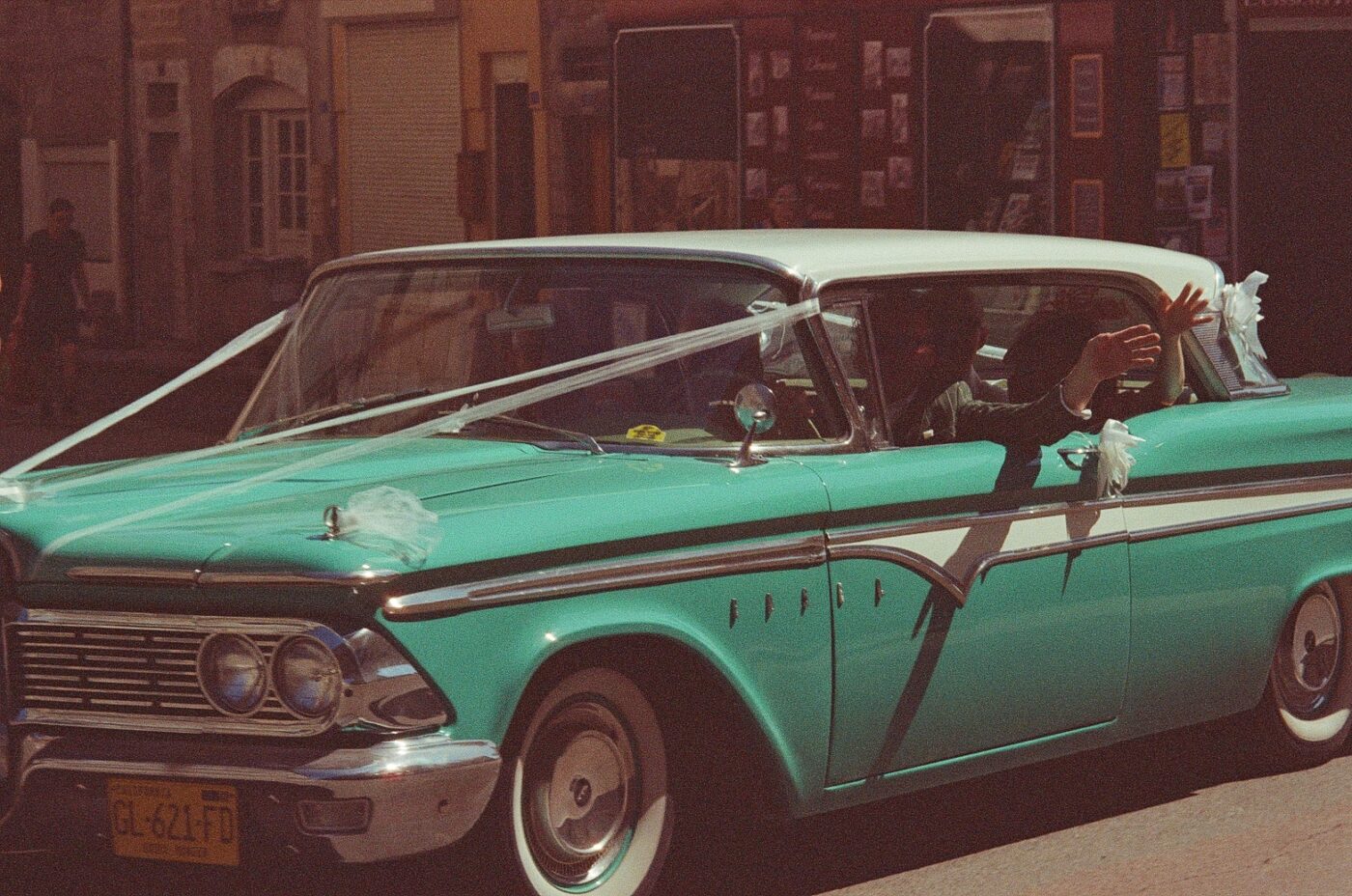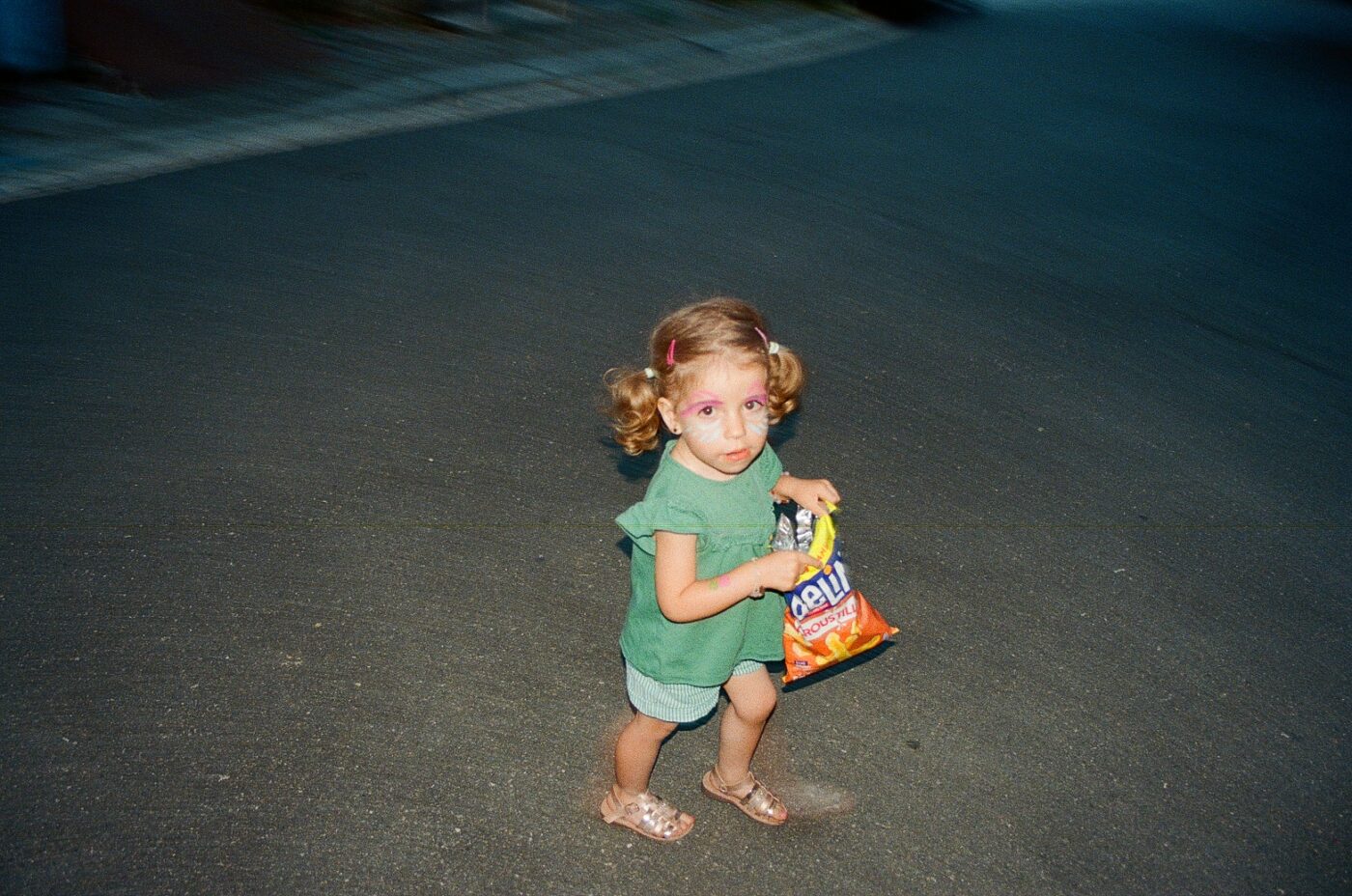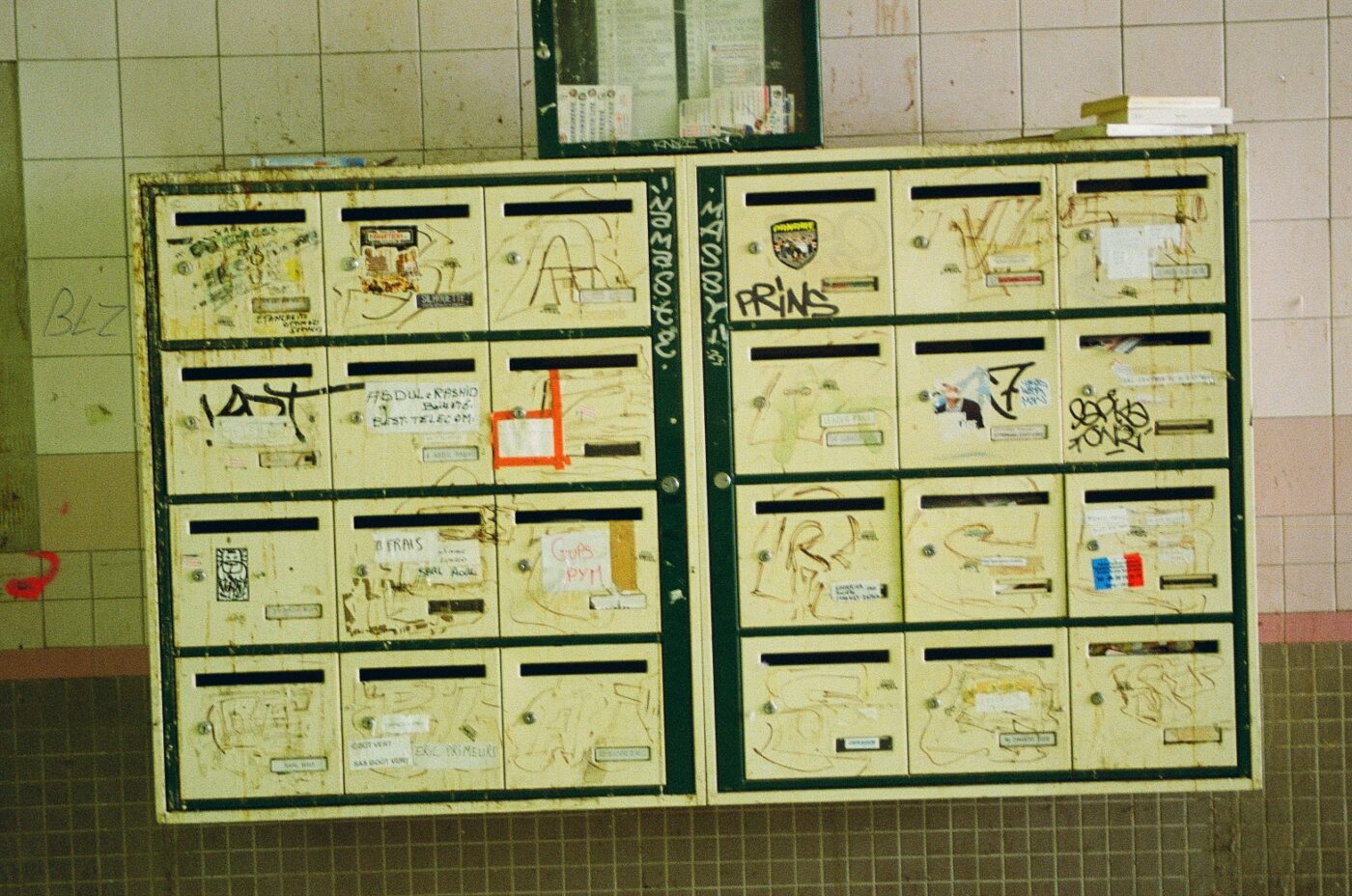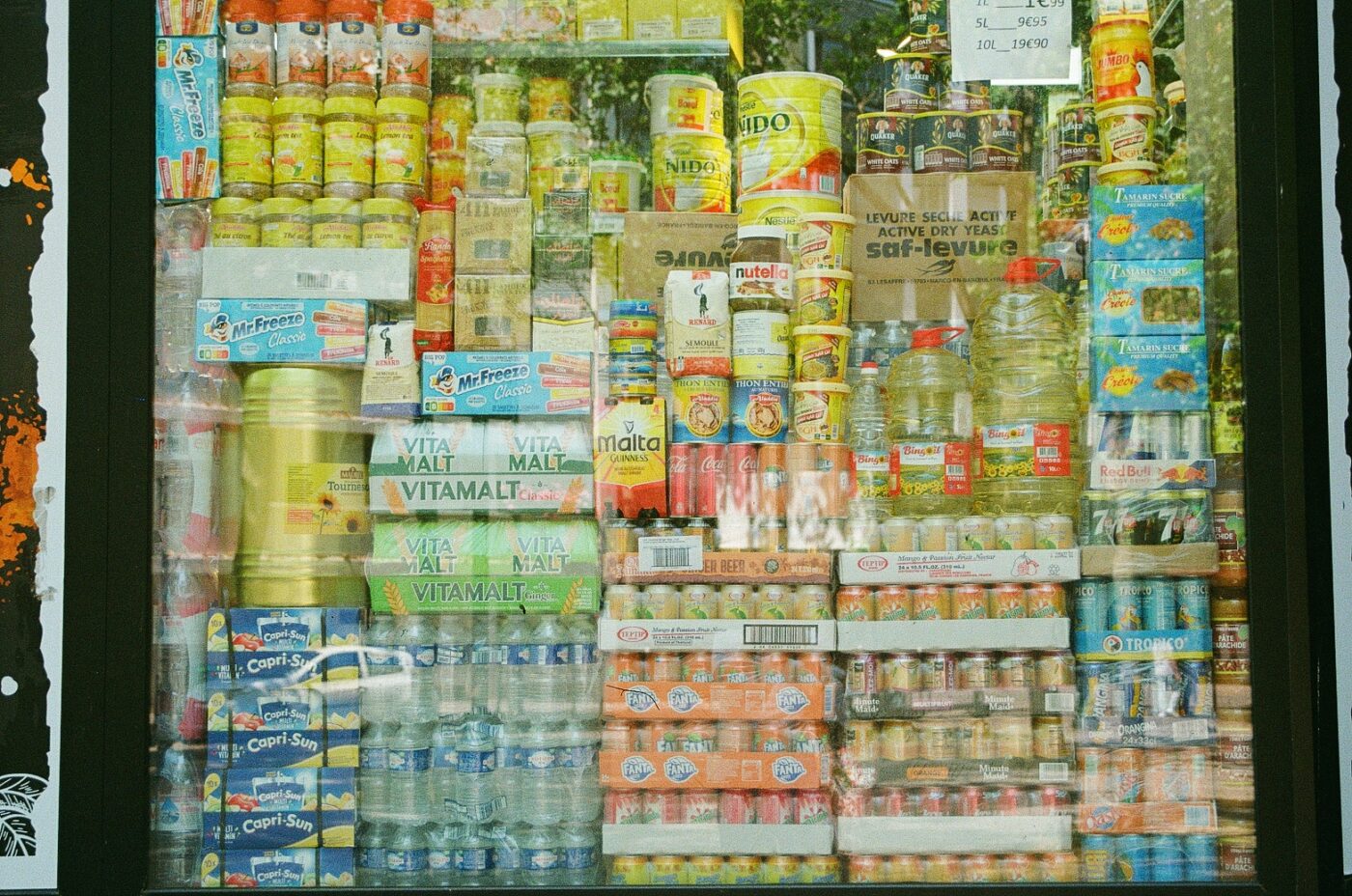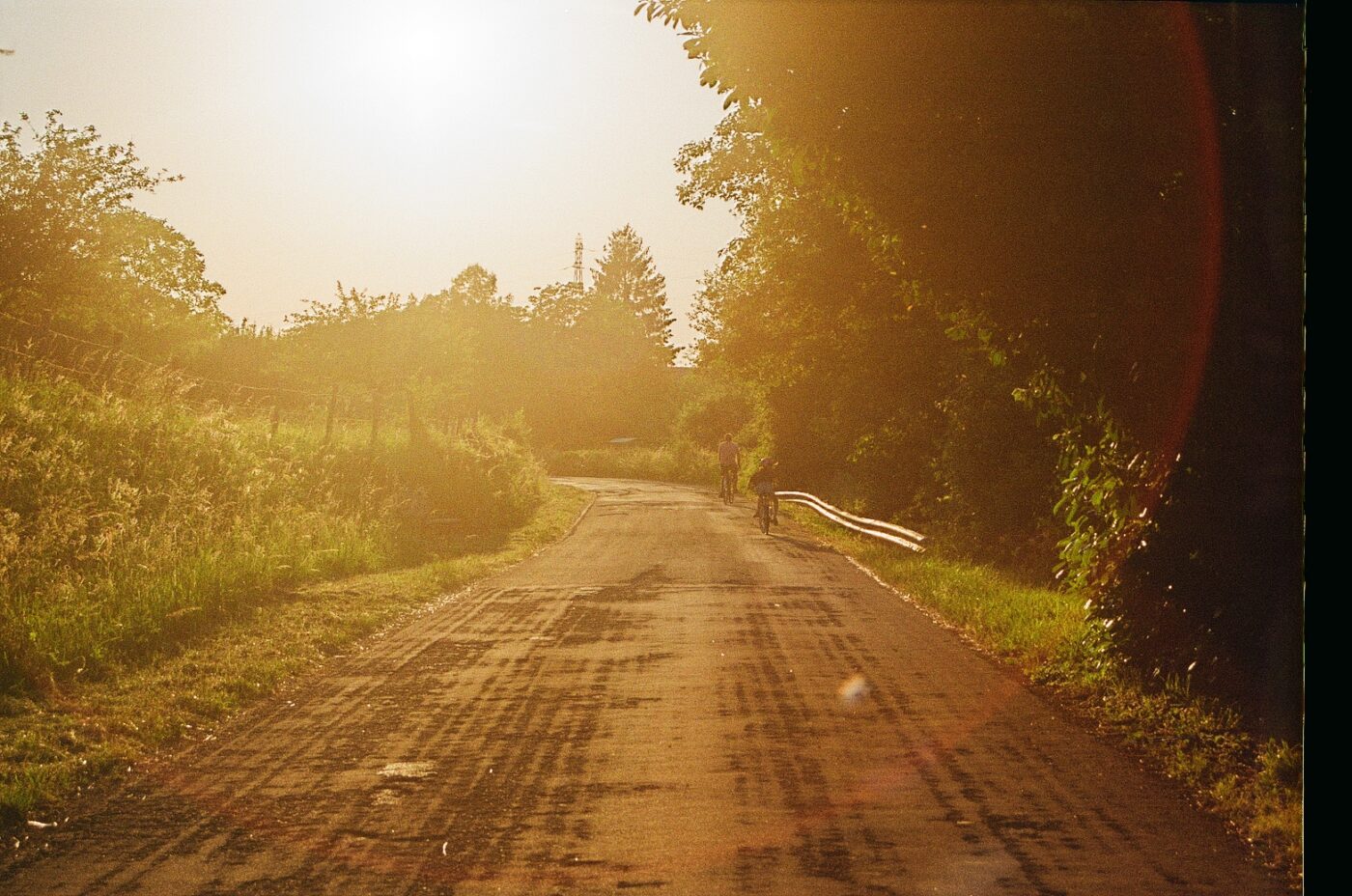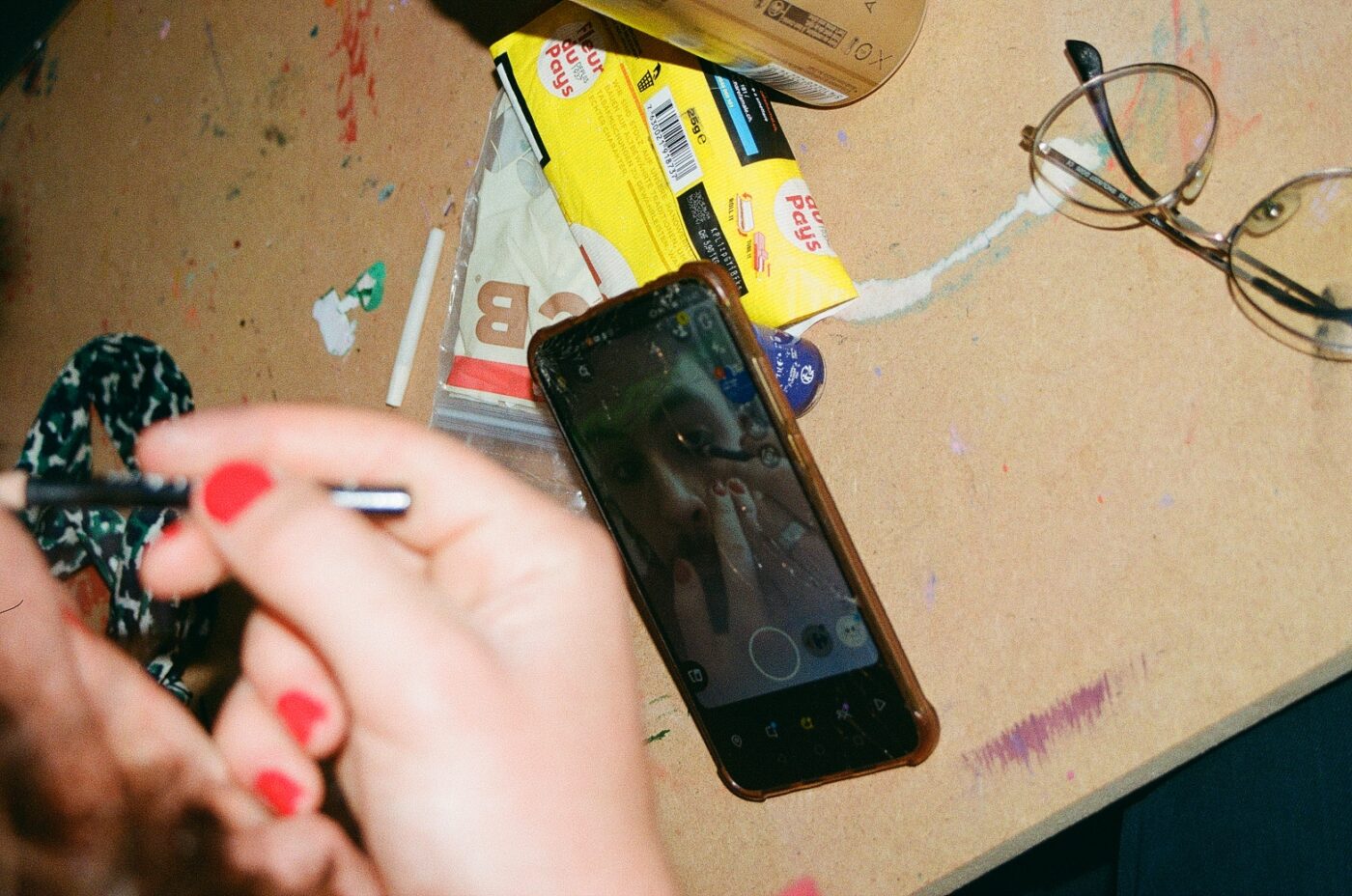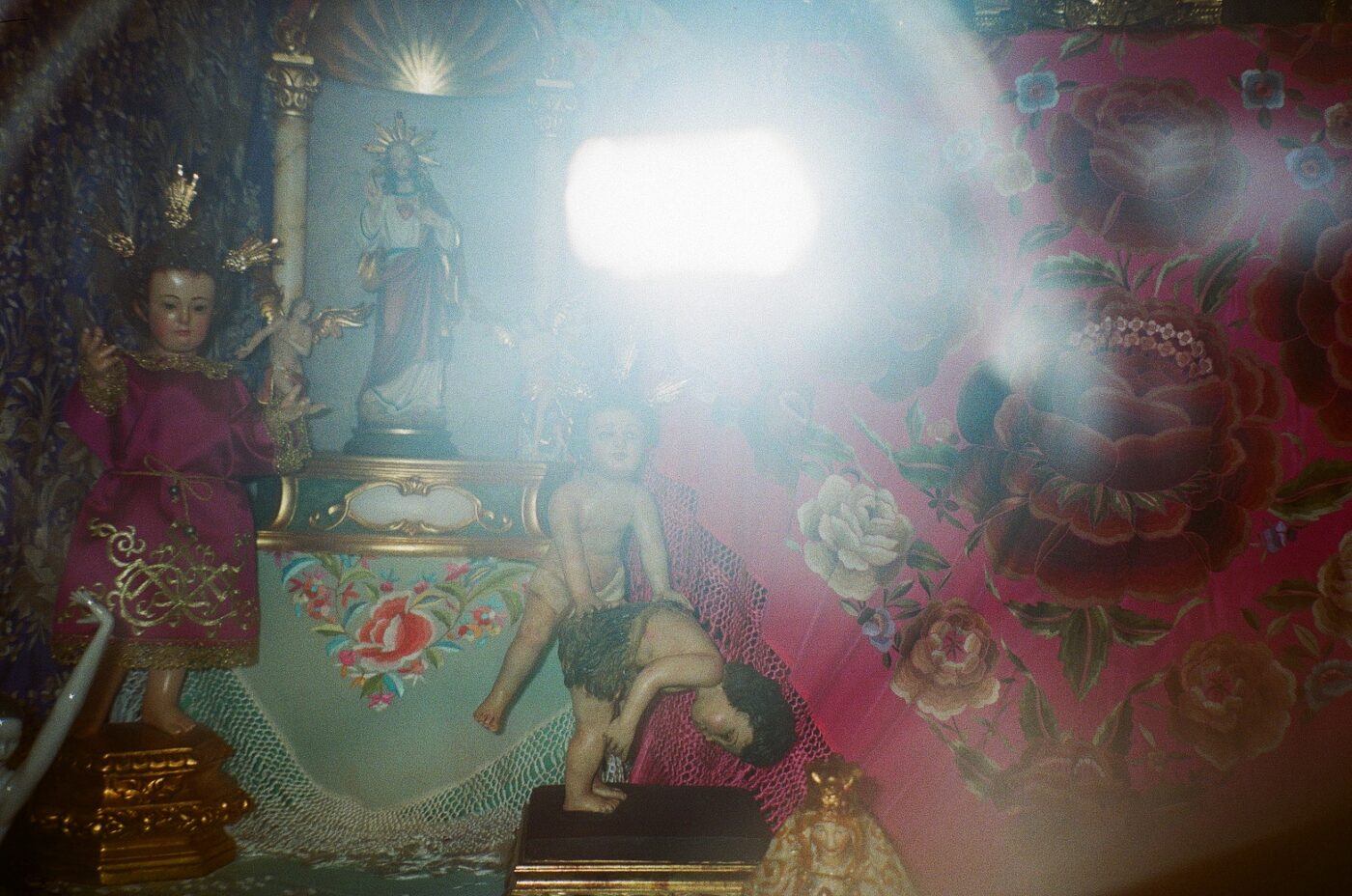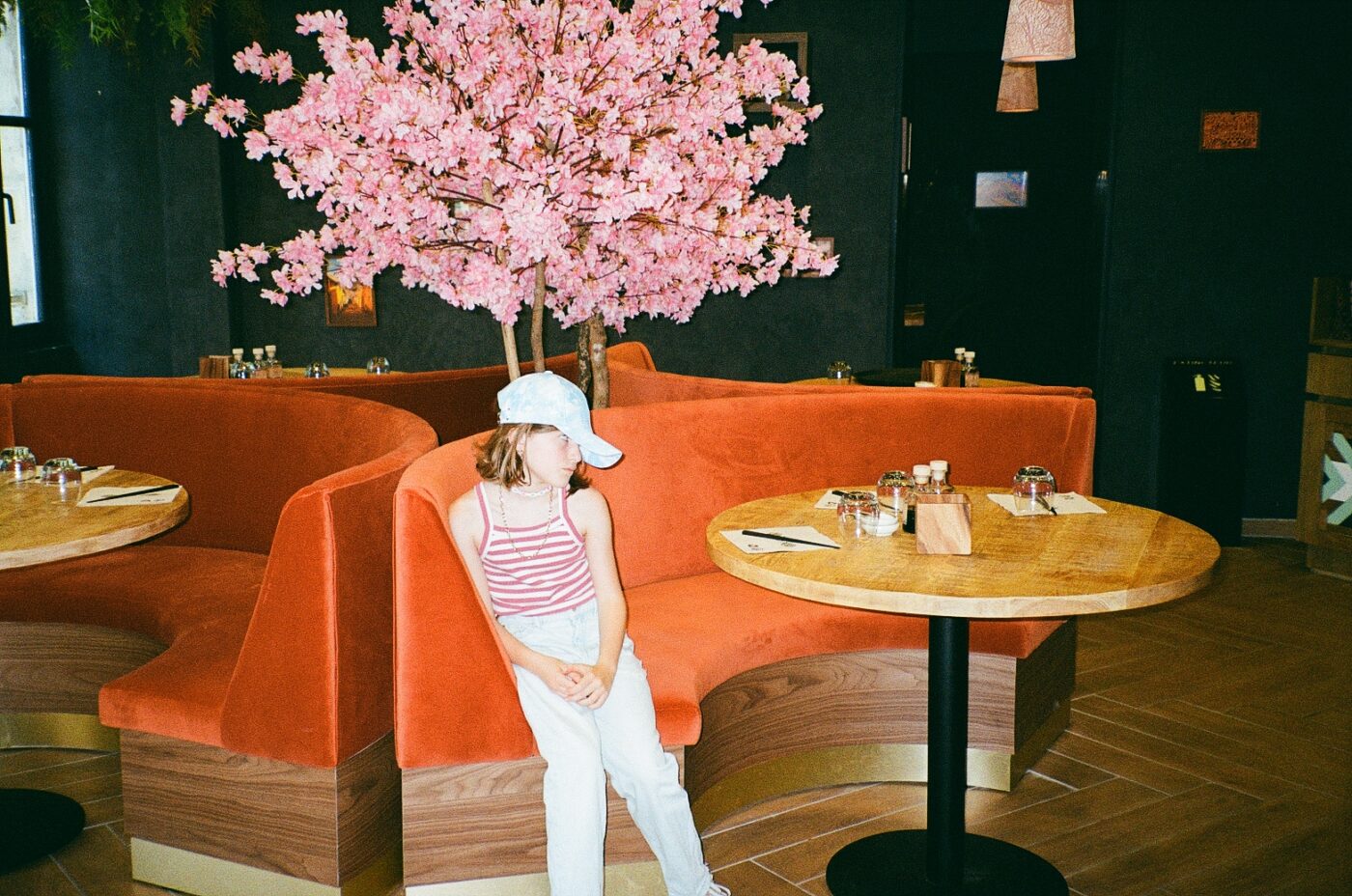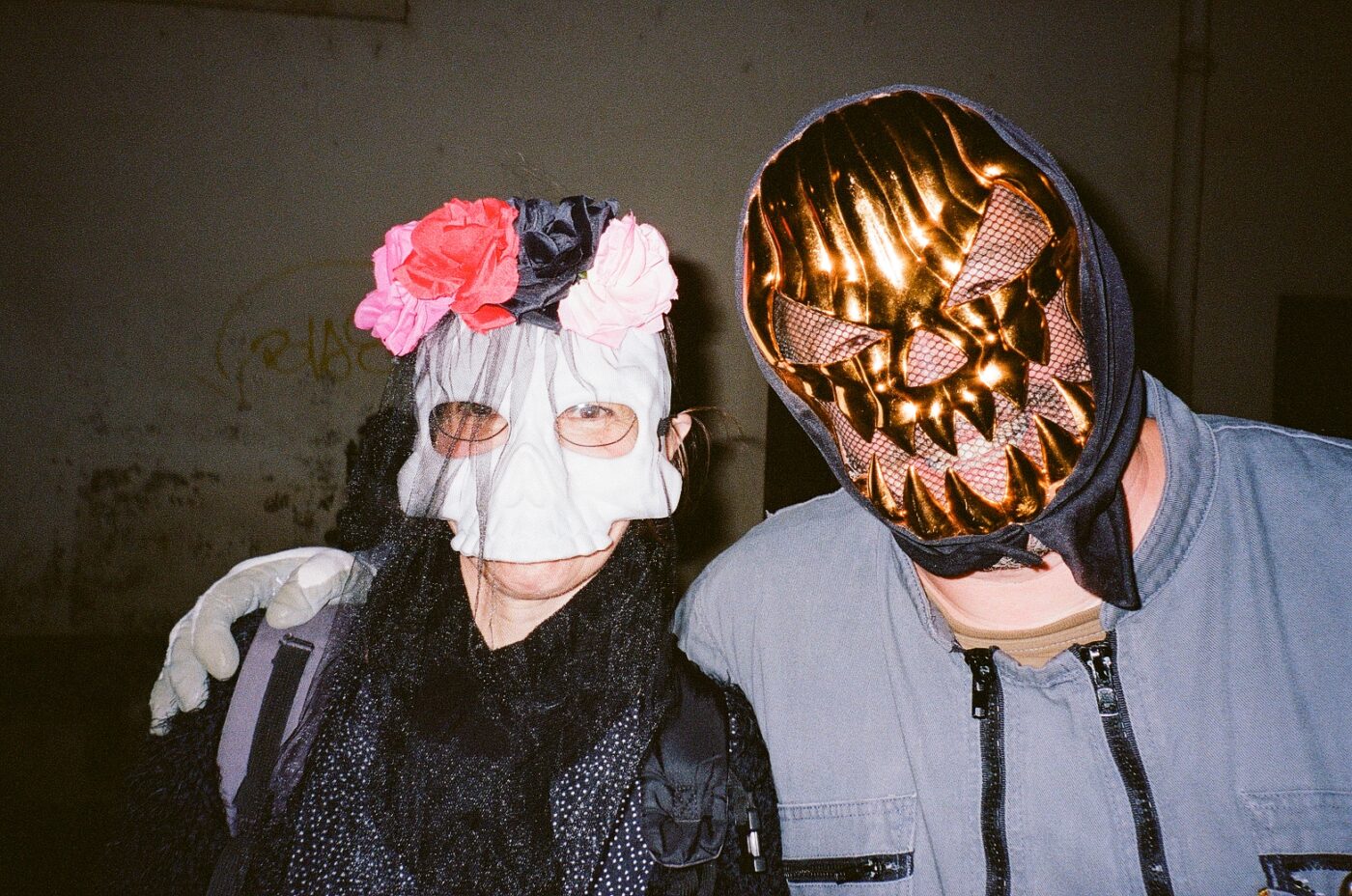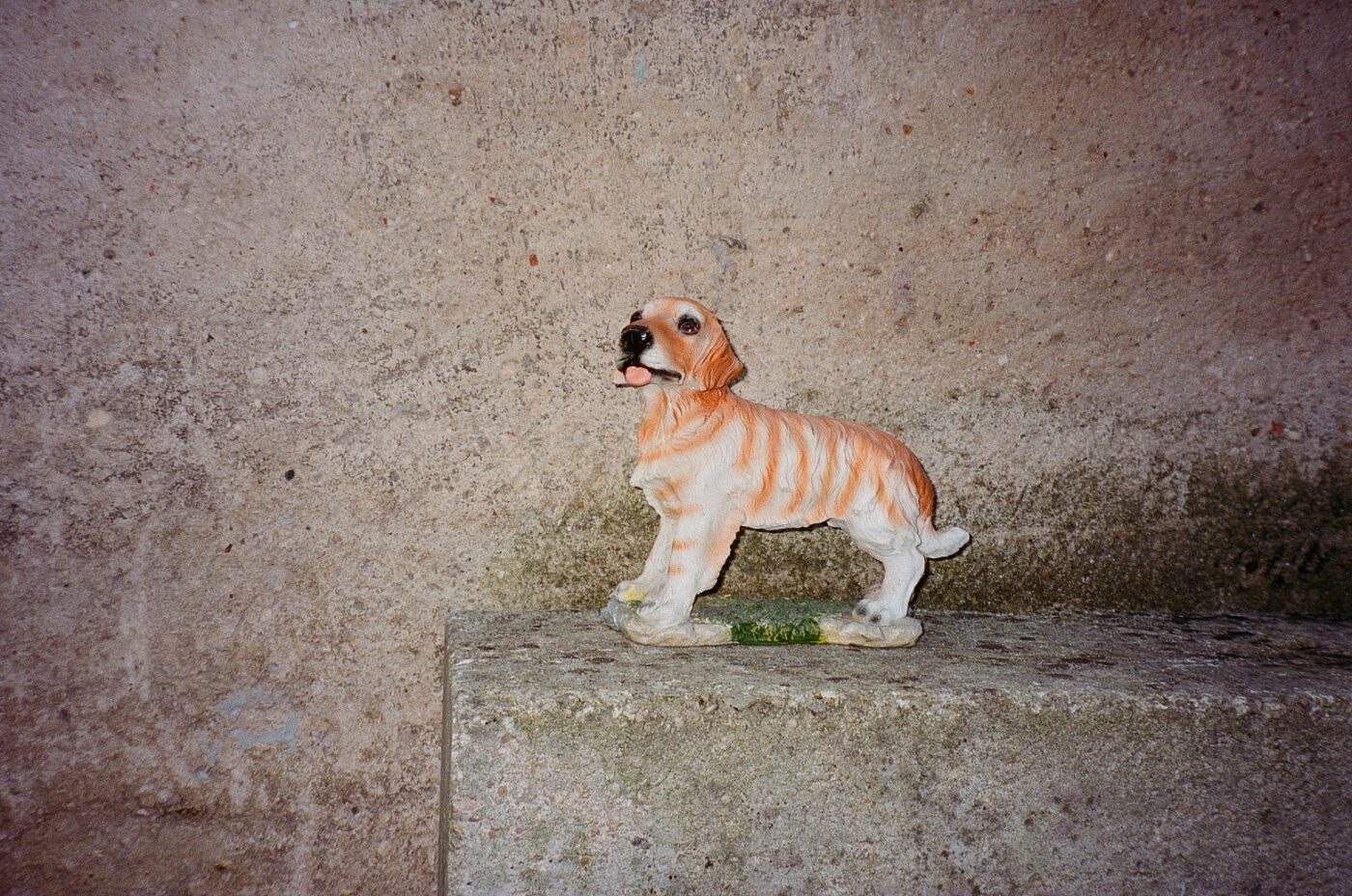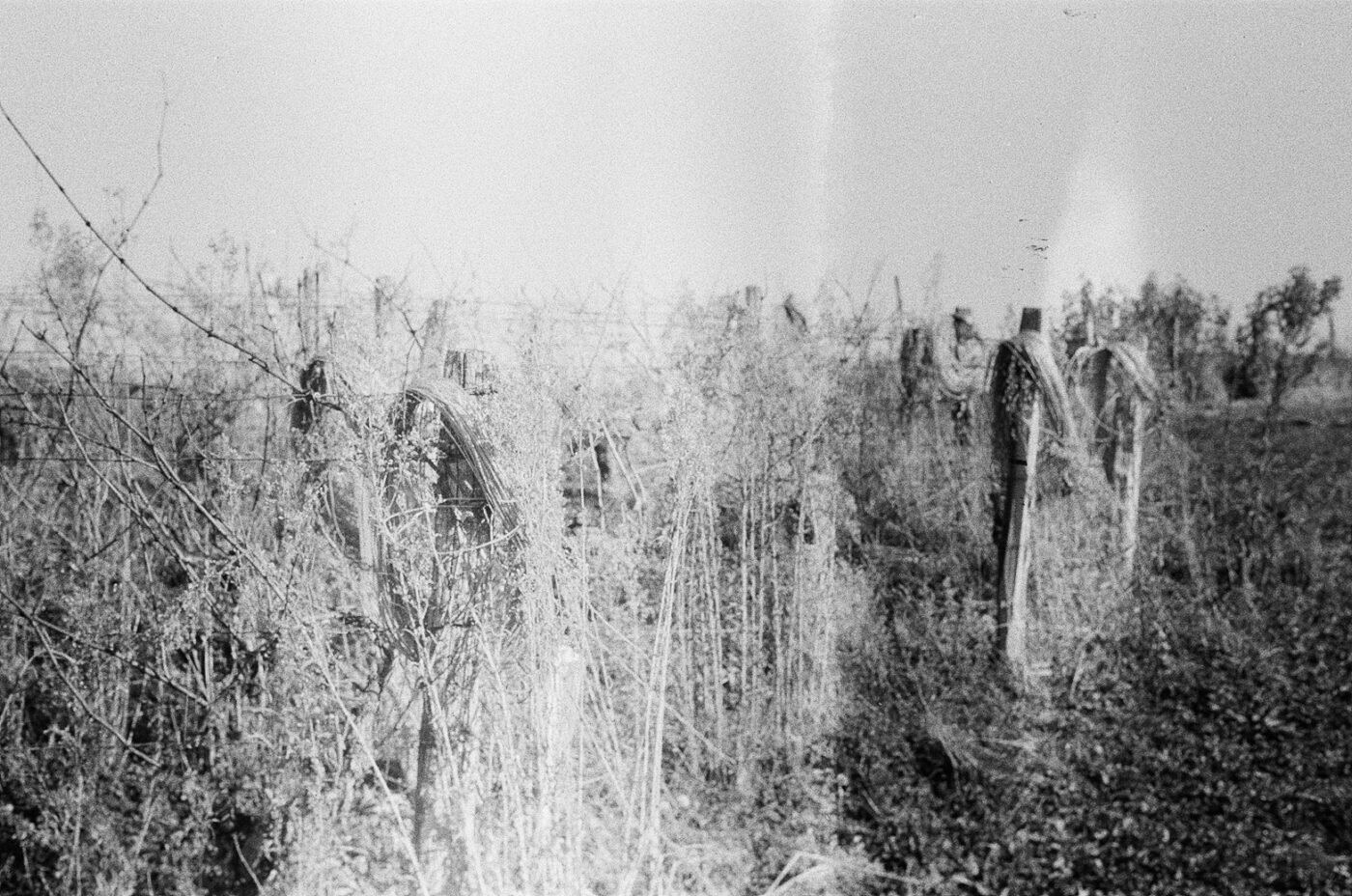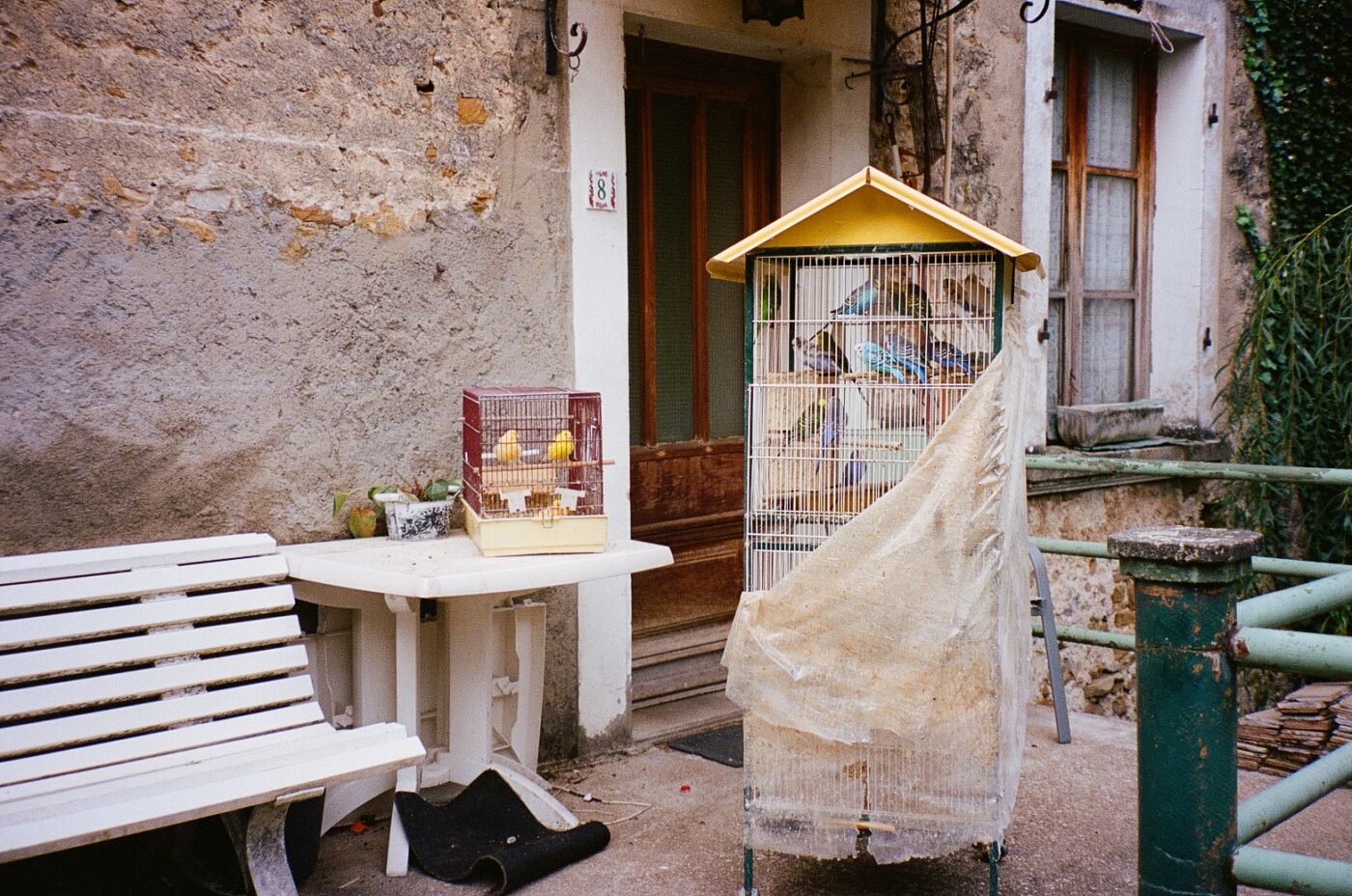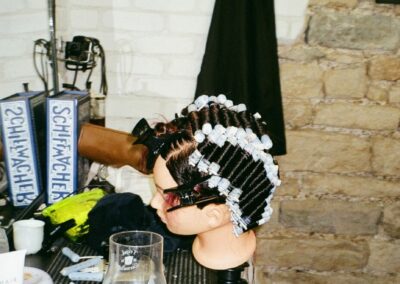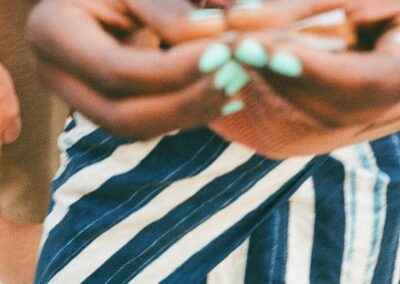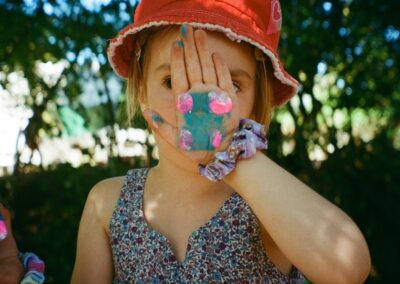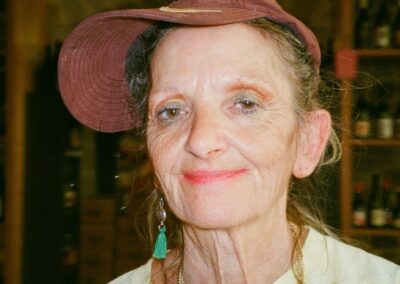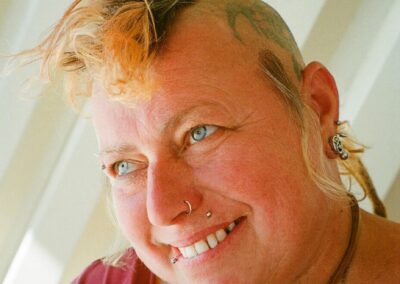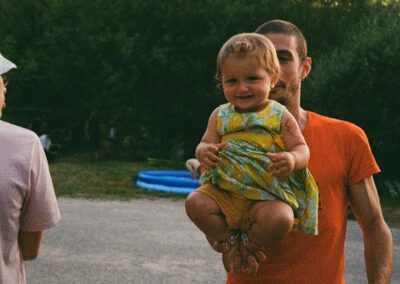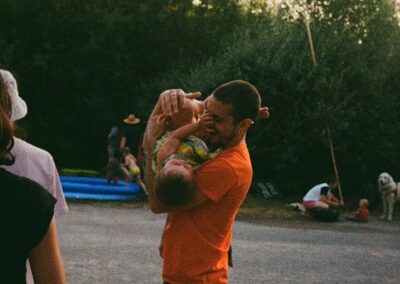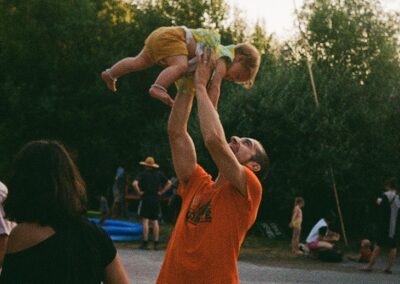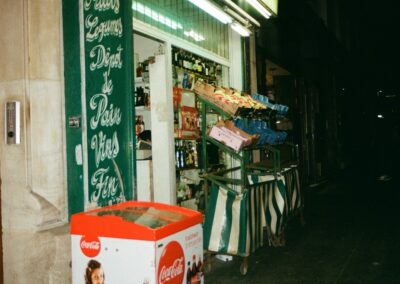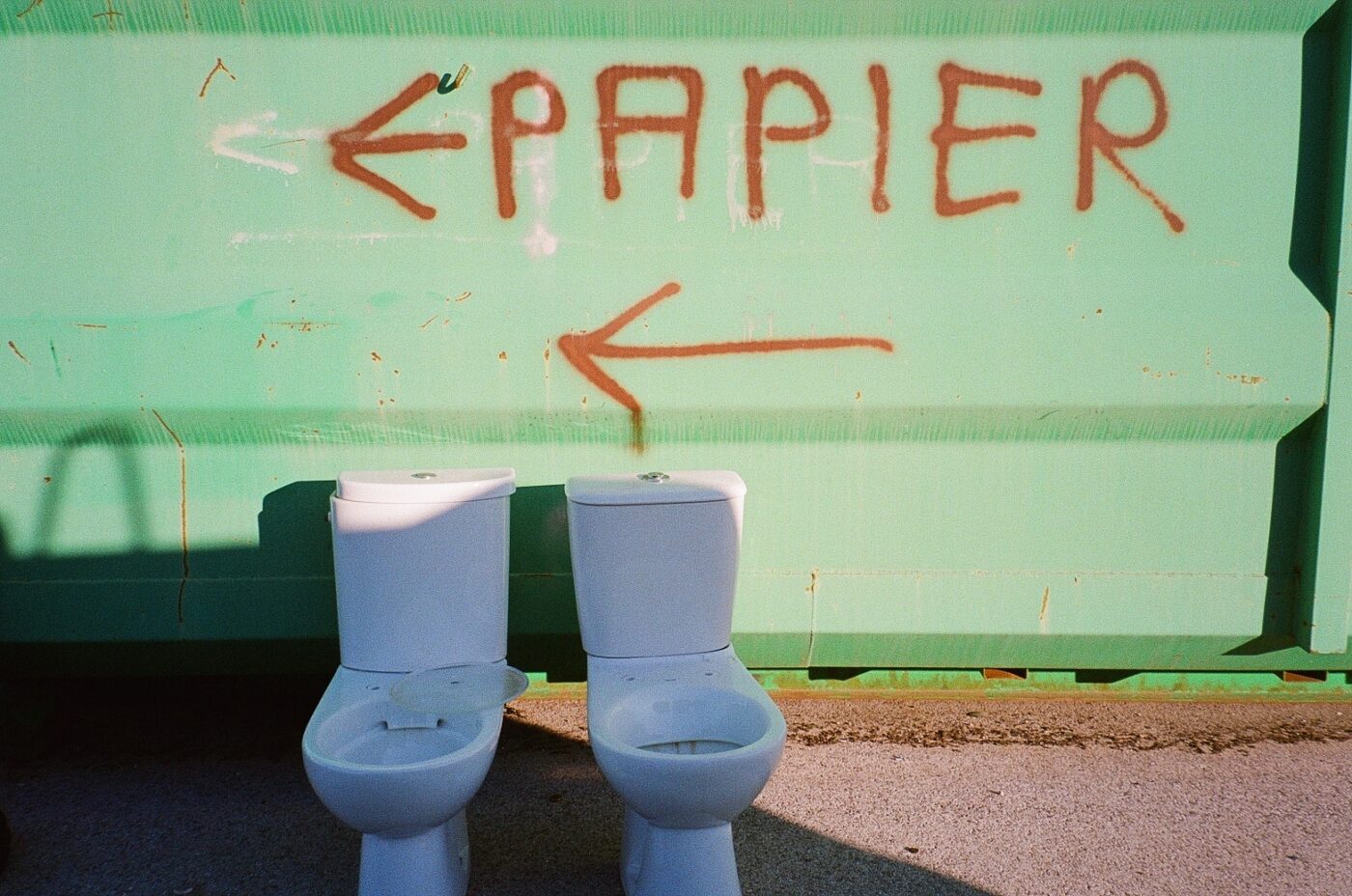
Le journal photographique est une pratique datant des années 60, lorsque l’avant garde américaine puis la contre culture des années 70 par le refus de l’ordre établi, par la promotion d’une nouvelle façon de vivre, plus libre et décomplexée, propose une contestation des codes artistiques en prônant un décloisonnement radical entre l’art et la vie et en s’ouvrant à la banalité du quotidien.
C’est en inconditionnelle fan du travail de Nan Goldin et en découvrant celui de Nobuyoshi Araki que je me suis initiée au journal photographique. En pratique, la technique s’efface au profit d’une empathie exprimée librement sans contrainte avec pour résultat une photographie plus proche de l’instantané que de la photographie dite créative. L’utilisation d’ appareils simplifiés permet de capter le moment. Intime ou non.
Nan Goldin revendique l’esthétique du snapshot, de l’instantané comme un des usages les plus purs de la photographie celui qui “est le mieux définit par l’amour”. Discipline émotionnelle donc plus prés du faire que du savoir faire ramenant la pratique du journal à une sorte de performance au quotidien rejoignant ainsi la pratique de Nobuyoshi Araki pour lequel la photographie n’est pas un médium qui requiert une réflexion sérieuse et une mise en œuvre parfaite. La mécanique du regard et la capacité de production de l’appareil comptant plus que le résultat.
Art sans art et accumulation des vues sont donc les deux topiques de la pratique du diariste photographe. L’imperfection et l’enregistrement du réel sont garants de l’authenticité du propos.
Il suffit de photographier sa vie, d’en montrer les images. Celles de ma vie sont un matériau, un point de départ inspiré par mes rencontres, de ce que je perçois du monde qui m’entoure sans censure et sans questionnement profond.Figer l’instant est ce qui m’importe. Ce moment unique qui ne se reproduira plus mais qui garde pour toujours l’empreinte du moment vécu. Re-garder un enregistrement esthétique du temps rendu fluide et en mouvement grace à la multiplicité des images et à leur fragmentation. Une esthétique de l’instant que je vous propose de découvrir tous les mois au rythme des tirages de mes Portra 400 shootées sur mon Canon Prima Super 130.
Cette publication est la première. Celle qui doit vous donner envie de suivre les autres puisque la valeur de ma démarche vaut dans l’expérience qu’elle propose et s’inscrit donc dans une démarche pérenne.


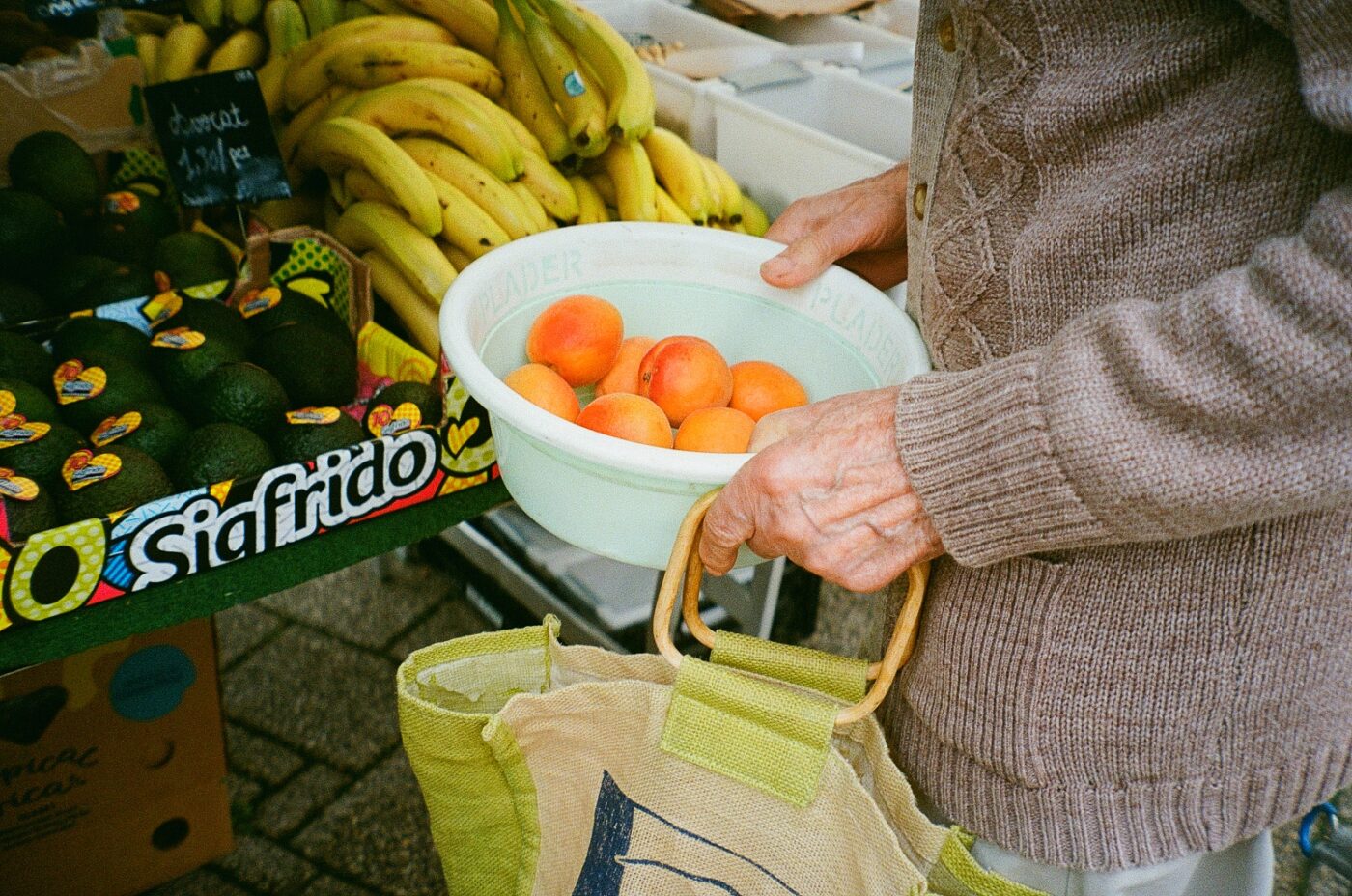
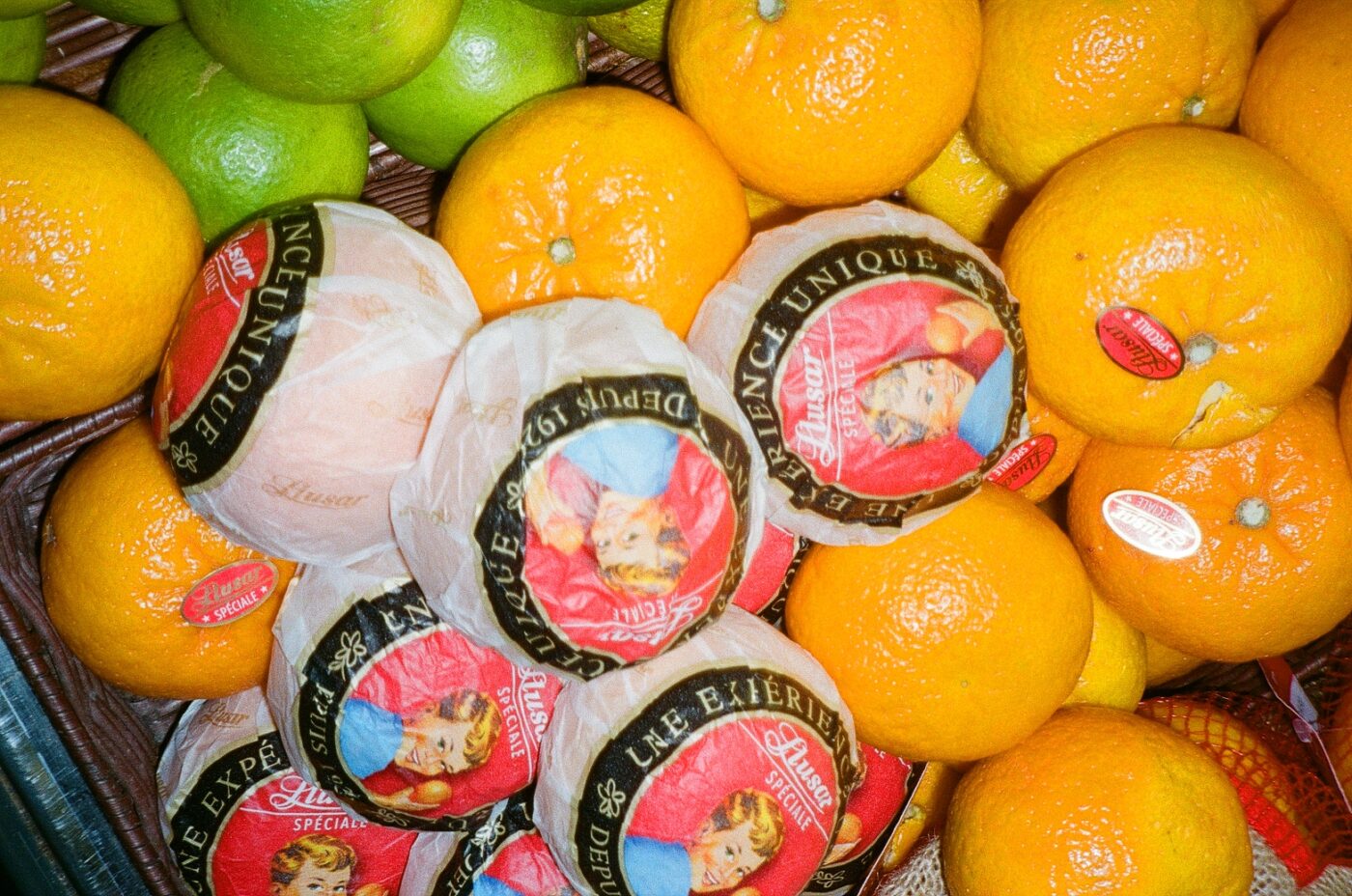
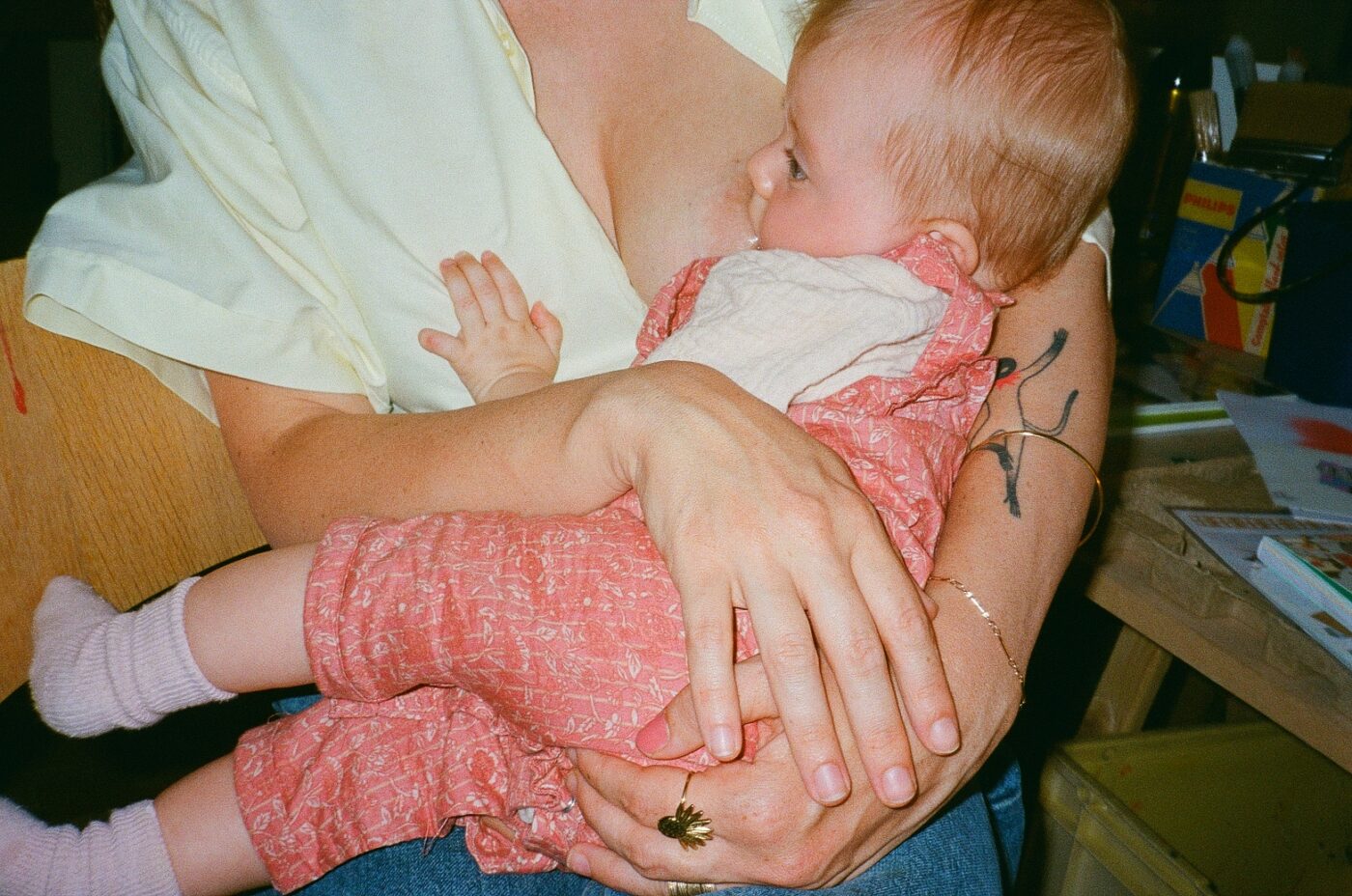

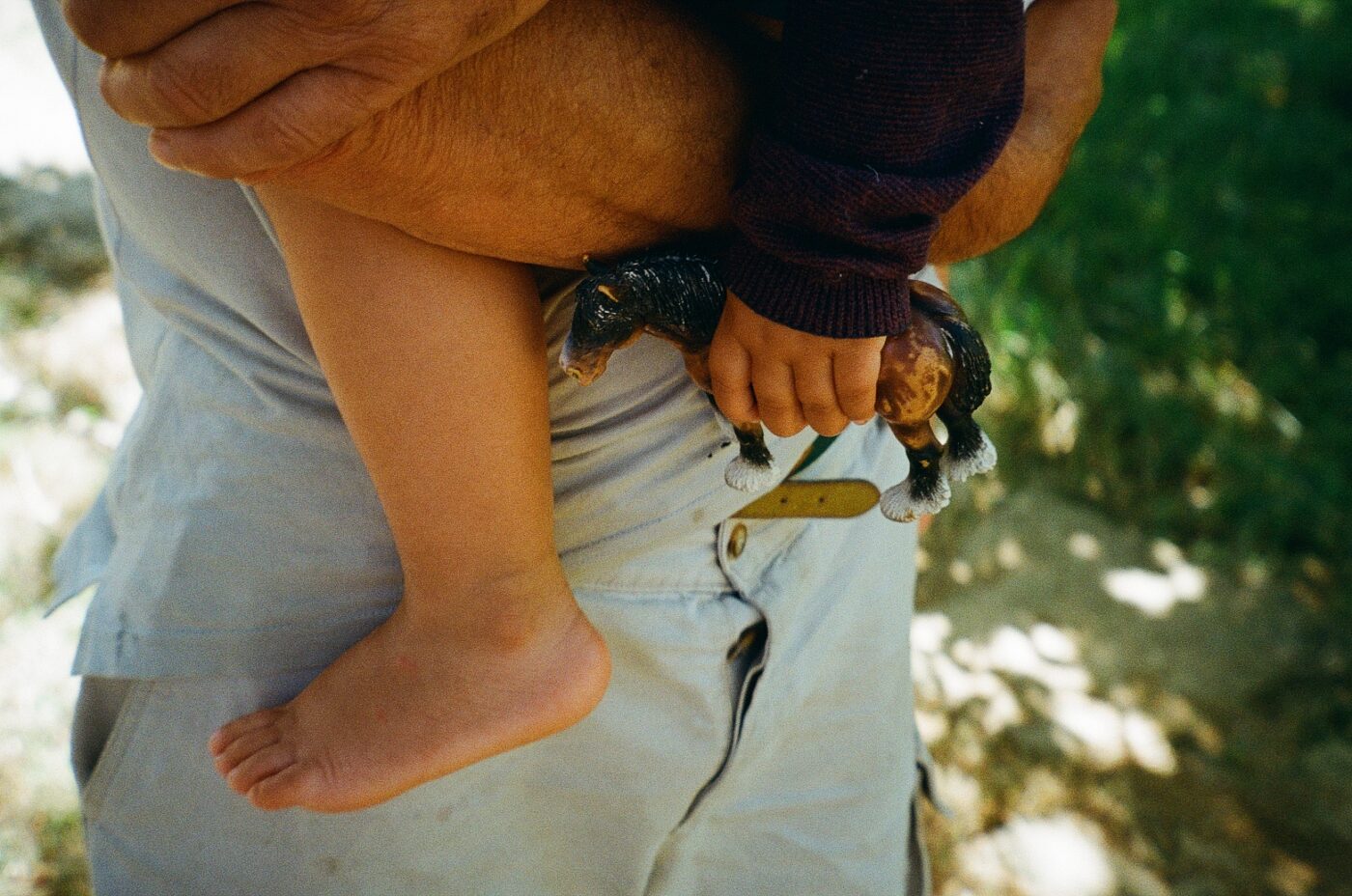
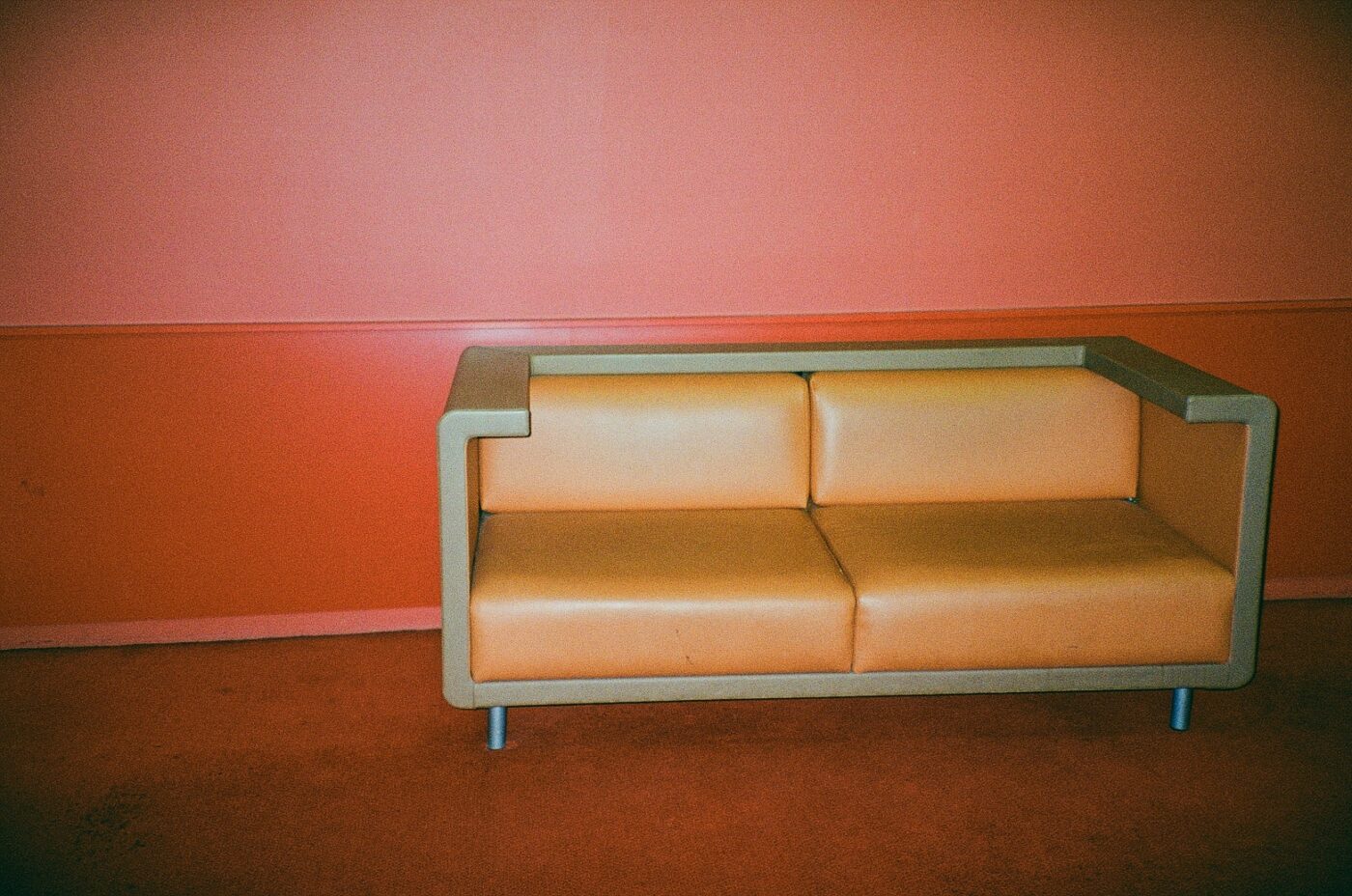

The photographic diary is a practice that dates back to the 60s, when the American avant-garde and then the counter-culture of the 70s, by rejecting the established order and promoting a new, freer and more relaxed way of life, proposed a challenge to artistic codes by advocating a radical decompartmentalisation between art and life and by opening up to the banality of everyday life.
I was introduced to photographic diaries when I discovered the work of Nobuyoshi Araki and became an unconditional fan of Nan Goldin’s work. In practice, the technique gives way to empathy expressed freely and without constraint, resulting in photography that is closer to a snapshot than to so-called creative photography. The use of simplified cameras makes it possible to capture the moment. Intimate or otherwise.
Nan Goldin claims the aesthetic of the snapshot as one of the purest uses of photography, the one that “is best defined by love”. An emotional discipline, then, closer to making than to knowing how to make, bringing the practice of the diary down to a kind of everyday performance, in line with the practice of Nobuyoshi Araki, for whom photography is not a medium that requires serious thought and perfect execution. The mechanics of the eye and the production capacity of the camera are more important than the result.
Art without art and the accumulation of views are therefore the two topics of the diarist photographer’s practice. Imperfection and the recording of reality guarantee the authenticity of the subject.All you have to do is photograph your life and show the images. Those of my life are material, a starting point inspired by my encounters, by what I perceive of the world around me without censorship or deep questioning. This unique moment that will never happen again, but which will forever retain the imprint of the moment experienced. Retaining an aesthetic record of time made fluid and moving by the multiplicity of images and their fragmentation. It’s an aesthetic of the moment that I invite you to discover every month as I produce prints of my Portra 400s shot on my Canon Prima Super 130.
This is my first publication. The one that should make you want to follow the others, because the value of my approach lies in the experience it offers and is therefore part of a long-term approach.
